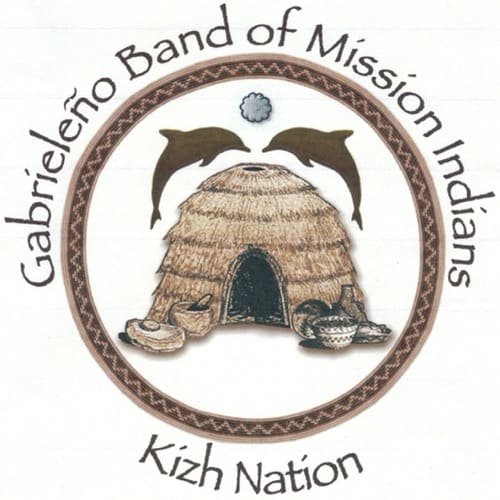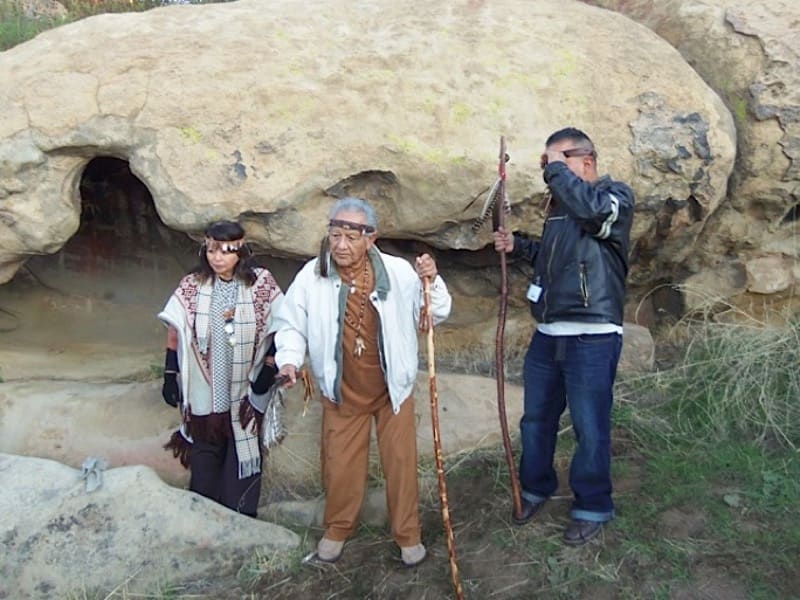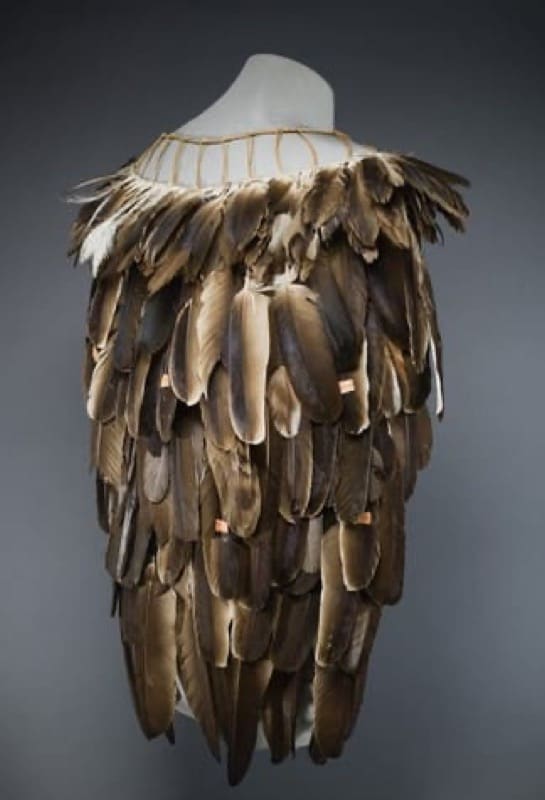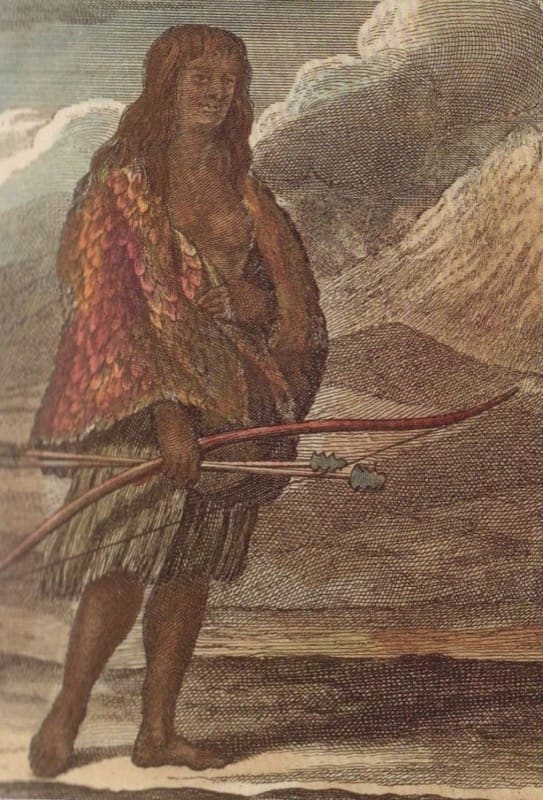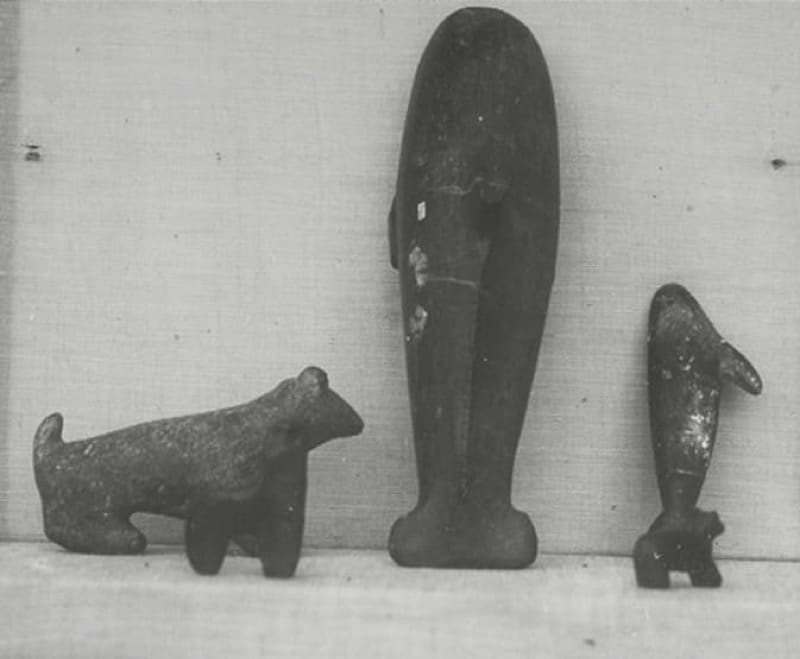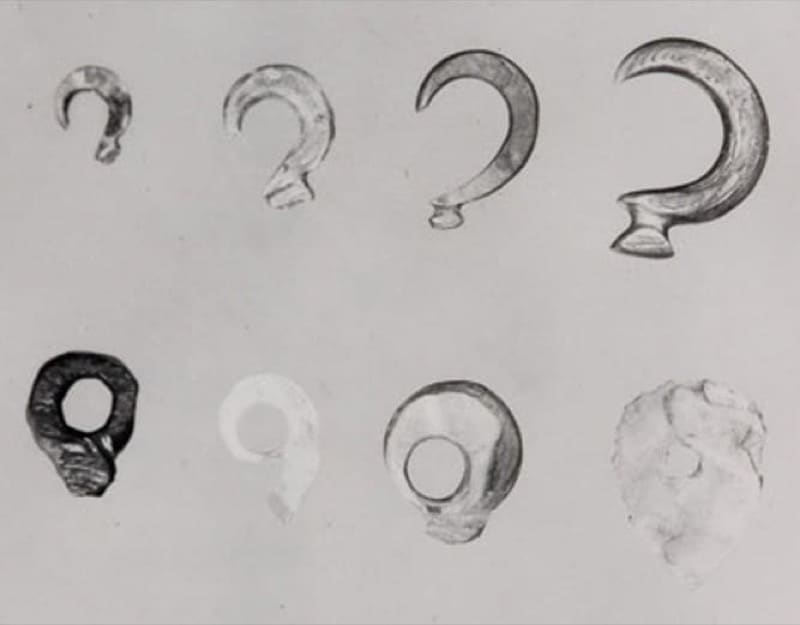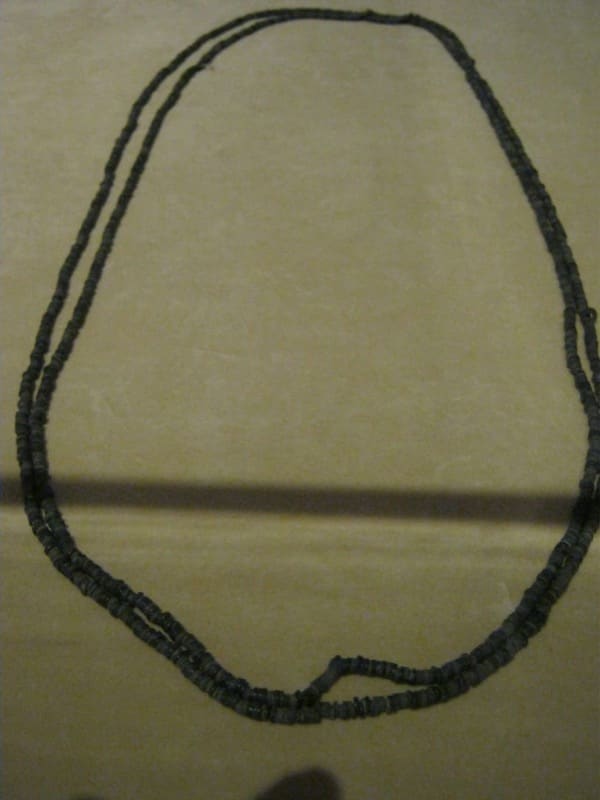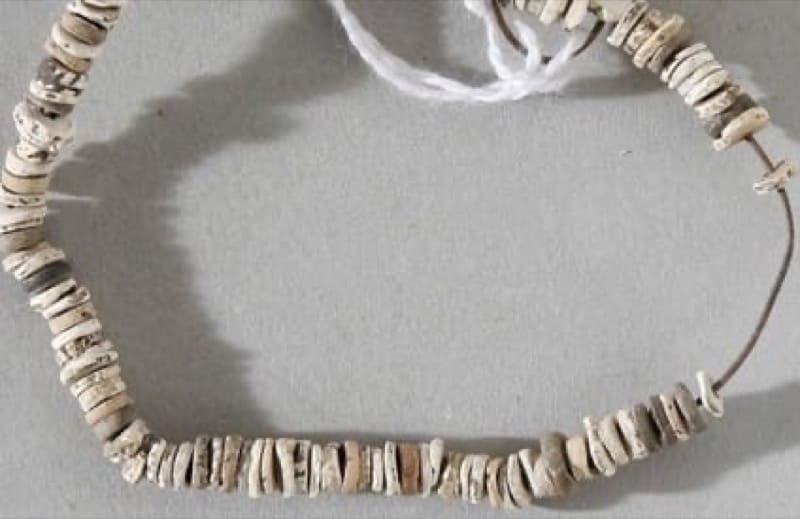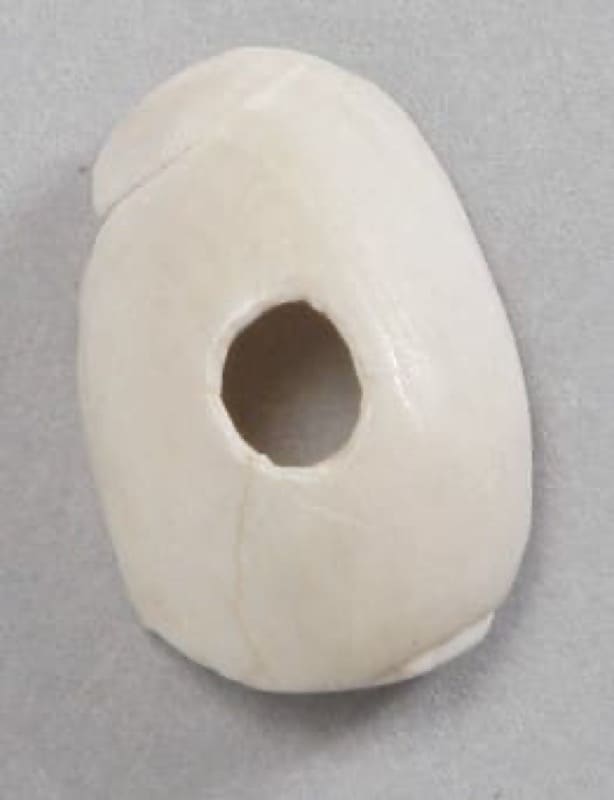Kizh not Tongva
We are the Kizh – the aboriginal peoples of the Los Angeles basin. Our tribal territory extended from Malibu to Catalina Island (along with three other Channel Islands) southwards to Aliso Creek and eastwards to San Bernardino County and finally northwards along the San Gabriel Mountains. Kizh is the name for the type of home we built – made of willow and tule which was unique to our people. “Tongva” is a modern, illegitimate name that we do NOT promote or acknowledge - its use must stop. It was infiltrated into our tribe by non-Indians with questionable motives. Find out how our true tribal identity of Kizh/Kij is well documented back to the 1800s.
View PDF FileToypurina - the Joan of Arc of the Kizh
In 1785, a rebellion was led against European oppression at Mission San Gabriel. The Kizh Nation has tribal members with direct lineage to both Toypurina, a shaman and the chief’s daughter, and Nicolas Jose, a majordomo, who both risked their lives to save their Gabrieleno/Kizh families from the atrocities (rapes, whippings, enslavement and murders) of the mission system. The rebellion failed, but what they stood for has spoken through the ages. Toypurina is the only Native American woman to lead a revolt in American history. Read about this inspiring story in a book our tribe wrote entitled "Toypurina, the Joan of Arc of California."
Toypurina Book PDF William's letter PDF Toypurina image PDFOngoing fight of the Kizh for 1st cemetery remains
Los Angeles' first cemetery was adjacent to La Placita church downtown. The construction of a Mexican-American cultural museum called La Plaza de Cultura y Artes resulted in the desecration of this cemetery. Approximately 118 human remains (those of our Native ancestors, those ancestors of Los Pobladores and also the founding fathers of LA) were ripped out of the ground to make way for Gloria Molina's pet project. Attached is a timeline of events and those agencies involved in this desecration.
Timeline PDF Hackel Article PDF LA Times articleKizh Nation - the Indigenous Tribe of the LA Basin
California Health and Safety Code 8011 states that all public agencies, museums and educational institutions are required to provide tribes with an inventory of human remains, cultural artifacts and funerary objects by January 1, 2022 for repatriation. In correspondence with such agencies, we have provided them with 15 exhibits that show the lineage of the Kizh Nation back to the first written word - thus proving our valid claim to any human remains and artifacts in their possession.
Inventory Request PDF 15 exhibits PDFKizh's Stonehenge of Los Angeles
Big Rock is indeed a very large boulder some 23 ft long that has native pictographs (paintings) on it as well as special hole on top that had been carved by the ancient ancestors. This hole has five small projections around its circumference that was intended for the insertion of a sacred sunstone. This stone held an arrow-sized shaft used for casting shadows during sunrises during Winter and Summer solstices. Attached is an article from our tribe's archaeologist Dr. Gary Stickel detailing this amazing site. In addition is an article in the University of Chicago's Sapiens journal that puts this site in the same league as Stonehenge.
Stickel article PDF Sapien article PDFFour Islands of the Kizh
The kizh possessed four islands that lie off the coast: Pimu’na (Santa Catalina), Kinkipaar (San Clementer), Xaraashna (San Nicholas) and “Ichunash (Santa Barbara). San Nicholas was made famous to the many children who have read the 1960 novel The Island of the Blue Dolphins by Scott O'Dell. These islands provided an extensive trade route with the mainland for items such as soap stone (steatite) and unlimited food resources. These four islands along with the ocean area around them were nominated to and accepted by the California Native American Heritage Commission and placed on its Sacred Lands File as the "Sacred Sea of Kizh."
Sacred Lands PDFBurro Flats - Sun Dagger of Kizh Nation
An amazing solstice (both winter and summer) site we called Jucjangna, also known as Burro Flats, lies in the Santa Susana mountains. The site is known for its extraordinary pictographs (paintings) and petroglyphs (carvings in the stone). The Kizh are part of a Sacred Sites Council working alongside NASA, Boeing, US Department of Energy, Santa Susana Field Laboratory protecting the architectural and archaeological resources of this precious, fragile sacred site. The winter solstice site is a porch-like rock shelter where sunlight goes through a notch in the rock and acts like a "sun dagger" point into the center of five concentric rings. The summer solstice site a shadow cast from a nearby boulder points to the center of a "bear paw" made of cupules in the rock.
DOI article PDF Solstices PDFKizh Nation's Sacred San Gabriel Mountains
In 2014, President Obama designated about 340K acres of Hidakupa (our local San Gabriel Mountains) as a National Monument. This instituted a consulting group known as the Collaborative which is includes the Sierra Club, the US Forest Service and many other environmental organizations. The Kizh Nation are the only Native American tribe on the Collaborative as we feel the upmost importance to protect over 400 sacred sites that lie within the monument, including Big Rock. Hidakupa was nominated and accepted to the Sacred Lands Files of the California Native American Heritage Commission.
Sacred lands PDF NFF: San Gabriel MountainsKizh Artifacts
Kizh artifacts reflect their hunting/gathering society, Thankfully there are wonderfully preserved artifacts from bows, arrows, knives and javelins to baskets, seed beaters, mortars and pestles, seashell fish hooks, fishing nets to grass skirts and shell or soapstone jewelry. We are steadily building our digital museum for all to enjoy.
View PDF File